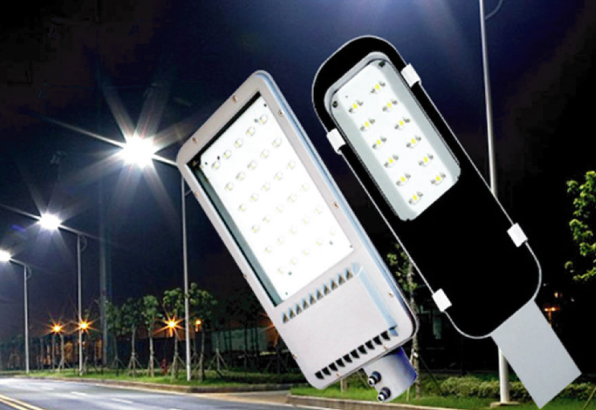- Revolutionary Photometric Design: he world's first dedicated optical system (rectangular beam focusing lens). Reasonable control of the light distribution, spot rectangular bean pattern, and ensure an ideal uniformity of brightness on the road surface.
- Unique Integrated Lens and Lampshade Design:Array Lens play a protective and spot light role, avoid wasteful duplication of light and reduce the loss of light, also reduce the weight of the product and enable simplified structure.
- Creative Design of the Radiator and Lamp holder Integration: Fully protect LED life and heat dissipation requirements, satisfied with the structure and design of LED Lights fundamentally, with the most distinctive features of LED Lights.
Different designs have been created that incorporate various types of LEDs into a light fixture. The current trend is to use high power 1 watt LEDs. However, some companies use low power LEDs in their products, including several low power LEDs packed together to perform the same purpose as a single high power LED. The shape of the LED street light depends on several factors, including LED configuration, the heat sink used with the LEDs and aesthetic design preference.
The primary appeal of LED street lighting is energy efficiency compared to conventional street lighting fixture technologies such as high pressure sodium (HPS) and metal halide (MH). Research continues to improve the efficiency of newer models of LED street lights.
As the LED lighting fixtures normally produce less illumination it is very crucial to have a well distributed illumination pattern in order to do the same job as higher lumen conventional fixtures. So a good design of LED street lights is to point different LEDs in one fixture to different target points.
As the LED lighting fixtures normally produce less illumination it is very crucial to have a well distributed illumination pattern in order to do the same job as higher lumen conventional fixtures. So a good design of LED street lights is to point different LEDs in one fixture to different target points.
- Low energy consumption.
- Long and predictable lifetime.
- More accurate color rendering.
- Quick turn on and off.
- Immediate restart.
- Less attractive to nocturnal insects.
- Optically efficient lighting equipment.
- Reduced glare.
- Higher light output even at low temperatures.

